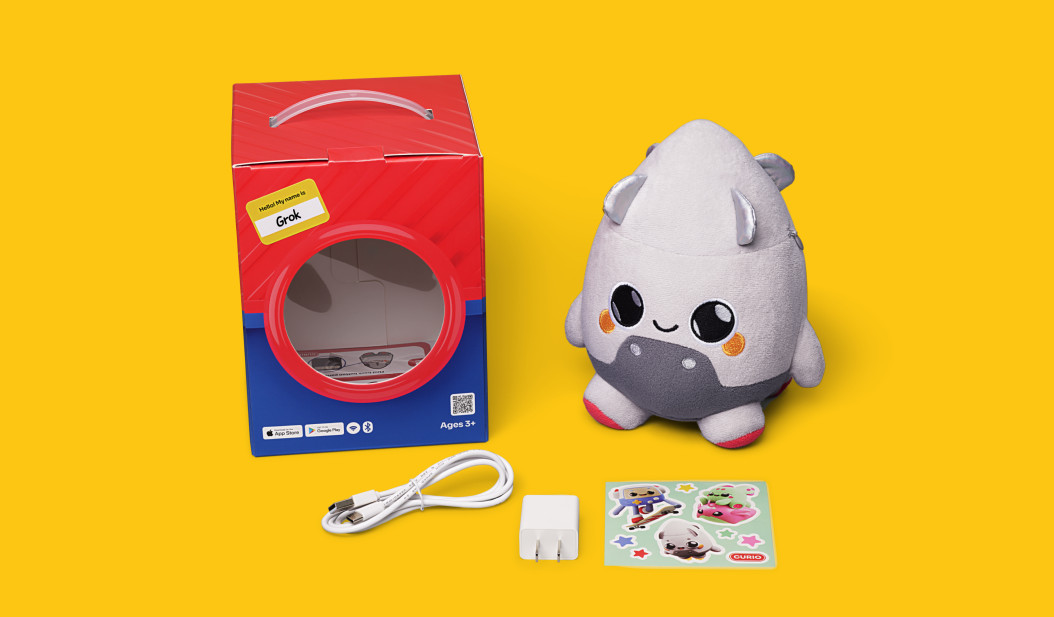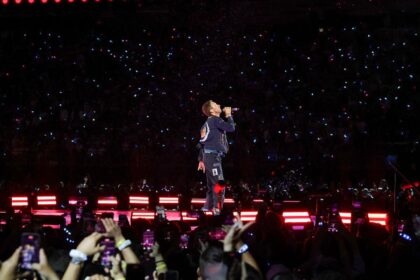Toy startups are beginning to roll out AI-powered stuffed animals, pitching them as a healthier alternative to kids staring at screens. These plush companions hide chatbot technology inside cuddly exteriors, designed to talk, answer questions, and play games.
But not everyone is sold. In a review for The New York Times, Amanda Hess described testing “Grem,” a plush toy from startup Curio, which also sells a similar toy called Grok. (Despite the name, Grok has no connection to Elon Musk’s chatbot.)
Hess said that instead of feeling like an upgrade to a teddy bear, Grem seemed like “a replacement for me” as a parent. While the pitch is to keep kids engaged offline, she argues that the toys still teach children that curiosity ultimately leads back to technology.
Related: Louisiana Sues Roblox Over Alleged Child Safety Failures
She admitted she eventually let her children play with Grem, but only after removing its voice box. They still used it as a regular toy, proving plushies can be fun without AI.
The debate highlights a larger tension: are AI-powered toys tools for creativity, or just another way to normalize kids’ dependence on digital companions?







